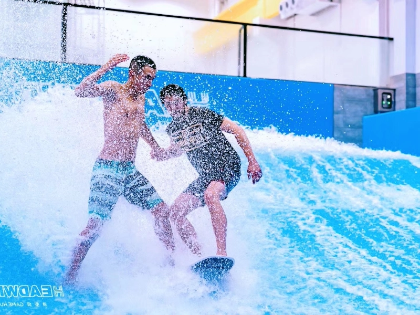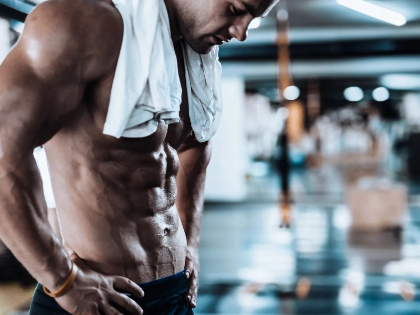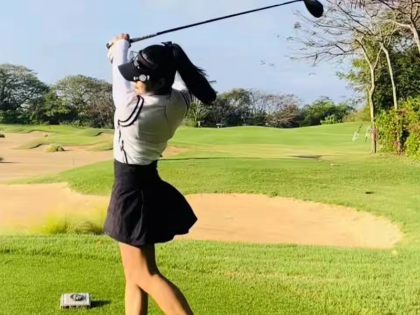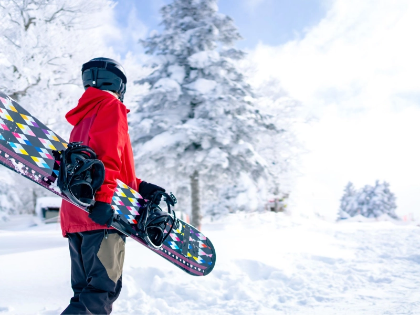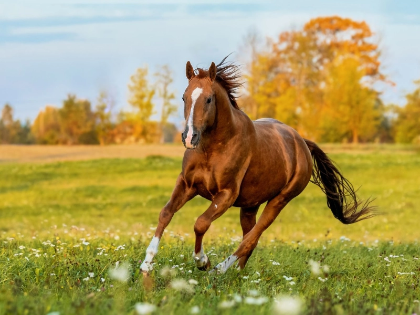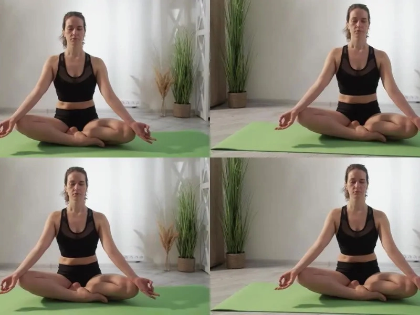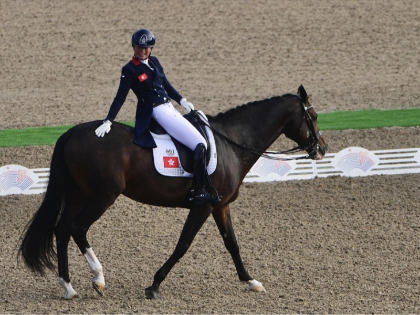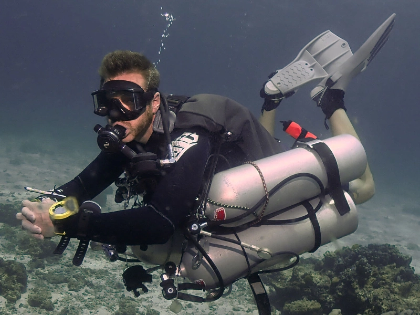Advanced Riding Techniques: Perfecting Your Dressage
One difficult sport is dressage. It calls for high degrees of ability, accuracy, and attention. A few points here or there may make a big difference in your total test result. You have to know what the judge expects at every given level if you want to raise your marks. Every rider battles in one area: the corners of a dressage test.
Stopping and Turning Around a Corner
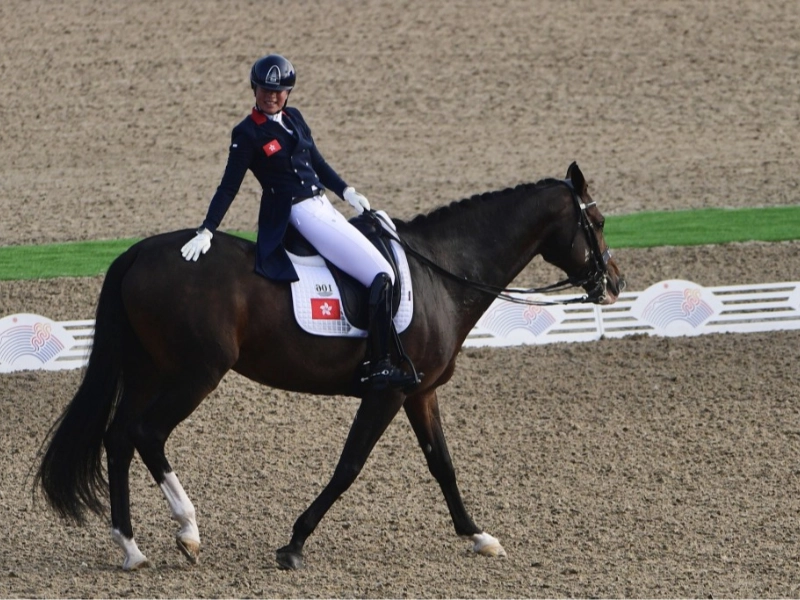
transitions
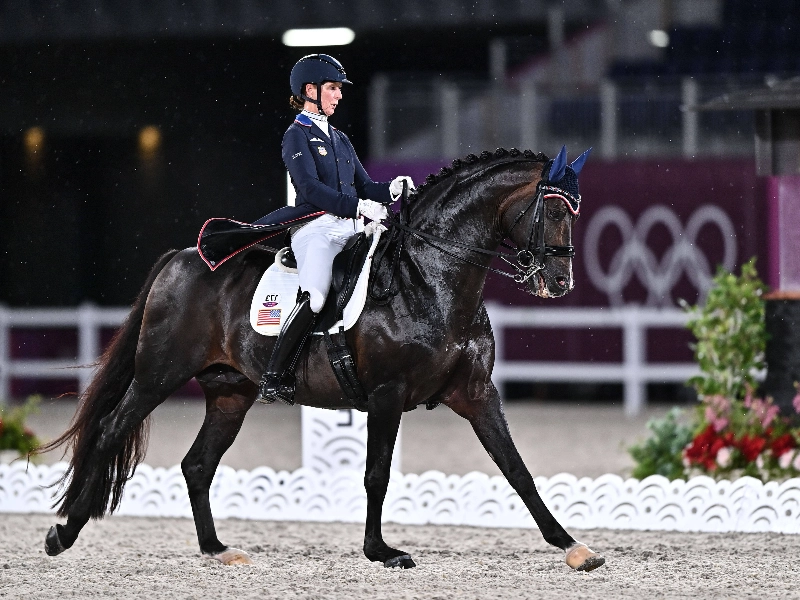 Riding better dressage starts with ensuring your and your horse are ready for every action. First you will concentrate on suppleness to enhance the quality of the gaits, then you will begin with warm-up activities encouraging relaxation and responsiveness.
Once you have mastered the fundamentals, you should examine the subtleties of every movement to understand what judges are seeking for and base their marks off of. Riding well depends on you spending time to memorise your test and comprehending the forms of every movement.
For the free walk on a long rein, for instance, consider your corners, how deep you enter each one, and how your horse gets ready for, rides into, and out of the change. U.S. Olympic dressage rider Kasey Perry-Glass offers her advice on how to attain a smooth and balanced centerline in Ride iQ's Ask An Expert Episode 28.
Riding better dressage starts with ensuring your and your horse are ready for every action. First you will concentrate on suppleness to enhance the quality of the gaits, then you will begin with warm-up activities encouraging relaxation and responsiveness.
Once you have mastered the fundamentals, you should examine the subtleties of every movement to understand what judges are seeking for and base their marks off of. Riding well depends on you spending time to memorise your test and comprehending the forms of every movement.
For the free walk on a long rein, for instance, consider your corners, how deep you enter each one, and how your horse gets ready for, rides into, and out of the change. U.S. Olympic dressage rider Kasey Perry-Glass offers her advice on how to attain a smooth and balanced centerline in Ride iQ's Ask An Expert Episode 28.
centerline
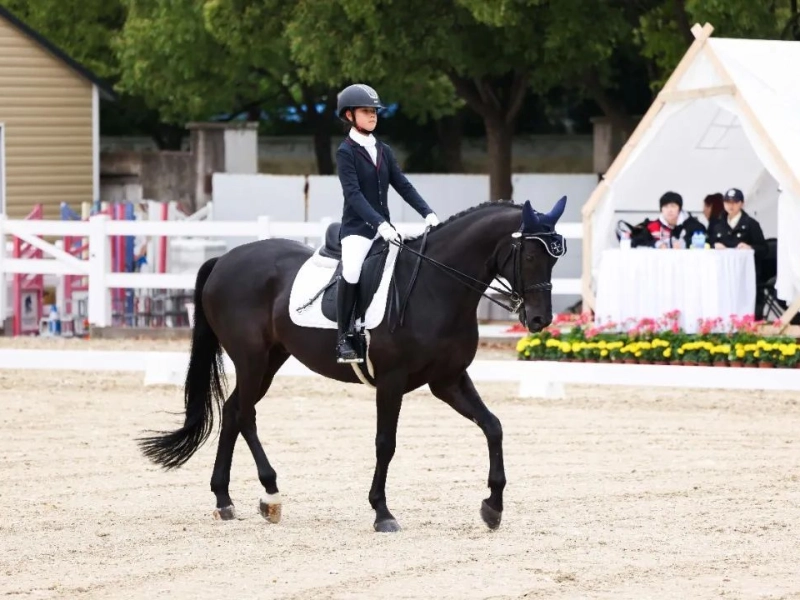 One of the toughest tasks for riders is finding a suitable centerline. That will be the first impression the judge gets of your test. It serves as a gauge of your 10-meter circle riding ability. You are almost flawless on a test if you can ride an accurate centerline.
In dressage, your accuracy is absolutely vital. Sloppy geometry on circles, centerlines and corners will cost points. Dressage rider and trainer Cindy Sydnor in this video walks over how to work on your geometry.
One advise is to get your horse ready before you start an extension. This will enable more explosion/difference when you go out of the corner into your extension and shows the judge that you have a strong, round frame. At the lower levels especially this is a method that is quite vital. On a green or young horse, though, it can prove difficult. Thus, keep practicing frequently.
One of the toughest tasks for riders is finding a suitable centerline. That will be the first impression the judge gets of your test. It serves as a gauge of your 10-meter circle riding ability. You are almost flawless on a test if you can ride an accurate centerline.
In dressage, your accuracy is absolutely vital. Sloppy geometry on circles, centerlines and corners will cost points. Dressage rider and trainer Cindy Sydnor in this video walks over how to work on your geometry.
One advise is to get your horse ready before you start an extension. This will enable more explosion/difference when you go out of the corner into your extension and shows the judge that you have a strong, round frame. At the lower levels especially this is a method that is quite vital. On a green or young horse, though, it can prove difficult. Thus, keep practicing frequently.
Turns
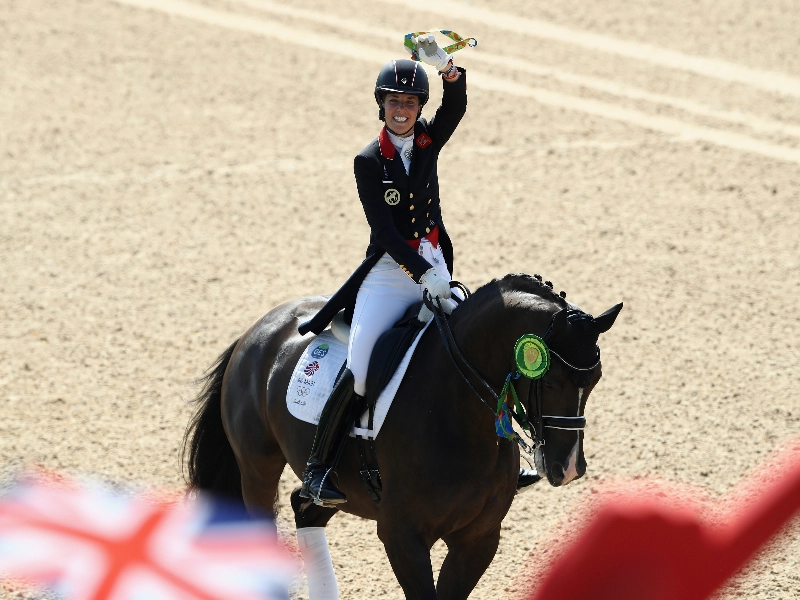 Since dressage exams are scored on the free walk, you should be including plenty of walk exercises in your home instruction. Your horse should be forward in front of your leg energetic but calm during the free walk. You achieve those outstanding dressage marks this way.
You have to complete your turns correctly if you wish to pass a dressage test. Ignoring to release when they turn their horse is the main mistake riders make. Usually this results in a wiggly mess in the corner and overturning. Practise turning your horse using diagonals and serpentines to help avoid this.
The last aspect is collecting; putting the hind legs of the horse under his body and generating more push than carry. All dressage work aims towards this, and jumping depends critically on this as well. Correcting your alignment on and off the horse can help you to develop your balance and centre of gravity, so facilitating collection considerably more easily.
Since dressage exams are scored on the free walk, you should be including plenty of walk exercises in your home instruction. Your horse should be forward in front of your leg energetic but calm during the free walk. You achieve those outstanding dressage marks this way.
You have to complete your turns correctly if you wish to pass a dressage test. Ignoring to release when they turn their horse is the main mistake riders make. Usually this results in a wiggly mess in the corner and overturning. Practise turning your horse using diagonals and serpentines to help avoid this.
The last aspect is collecting; putting the hind legs of the horse under his body and generating more push than carry. All dressage work aims towards this, and jumping depends critically on this as well. Correcting your alignment on and off the horse can help you to develop your balance and centre of gravity, so facilitating collection considerably more easily.

